I’ve always like fractions. No surprise there.
-
Recent Posts
Blogroll
Climate Science
Math
Tools
-
Join 533 other subscribers
Twitter
Vimeo
 Dan Meyer
Dan Meyer- Area Man Who Talks a Lot About Teaching Teaches His First Full Day in >10 Years
- FYI
- Computer Feedback That Helps Kids Learn About Math and About Themselves
- Teachers Decide What’s Money
- I Hate Wine Tasting Like Some Students Hate Math Class
- The #1 Most Requested Desmos Feature Right Now, and What We Could Do Instead
- The American Time Use Survey Is “Poetry, in Data.”
- Math Has Prepared Me Poorly for This Pandemic
- We’re Only Getting Out of This Together
- But Artichokes Aren’t Pinecones: What Do You Do With Wrong Answers?
Covered Topics
Archives
- March 2016
- February 2016
- January 2016
- December 2015
- August 2015
- June 2015
- February 2015
- December 2014
- November 2014
- October 2014
- September 2014
- August 2014
- February 2014
- January 2014
- December 2013
- November 2013
- October 2013
- September 2013
- August 2013
- July 2013
- June 2013
- February 2013
- January 2013
- July 2012
- May 2012
- April 2012
- January 2012
- December 2011
- August 2011
- July 2011
Meta

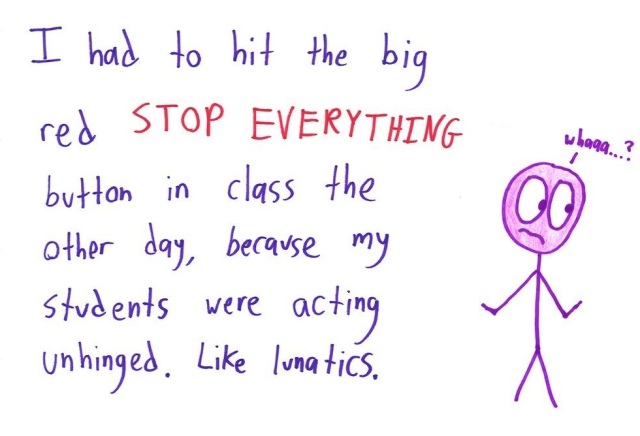
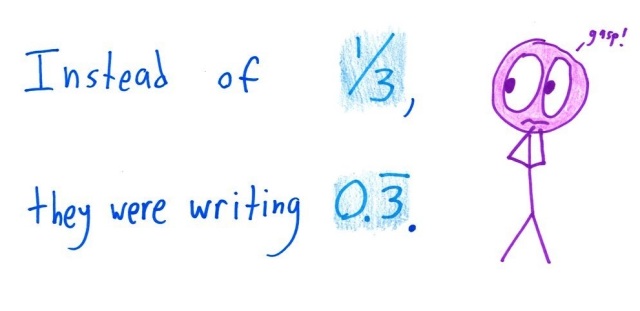
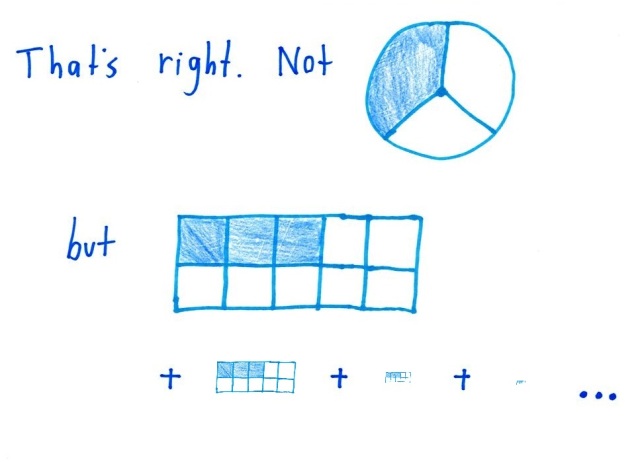
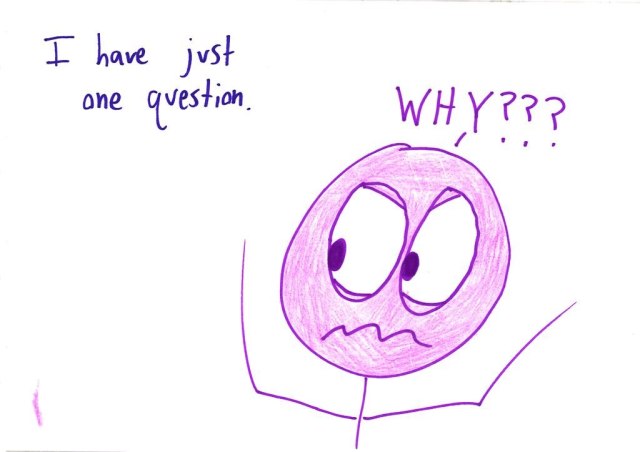
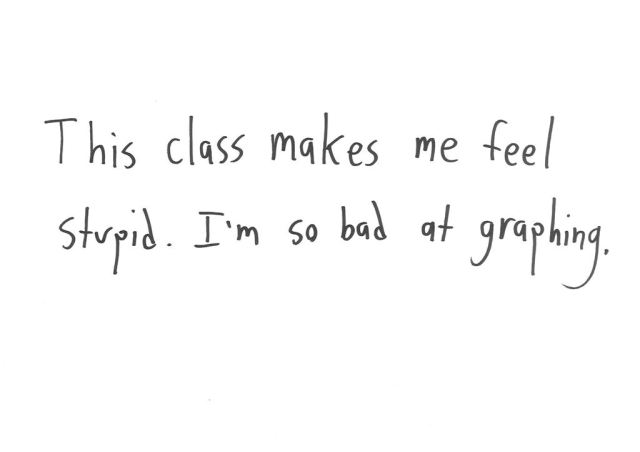
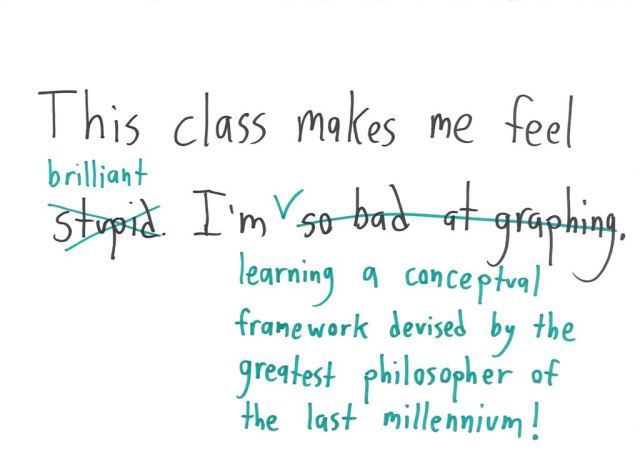
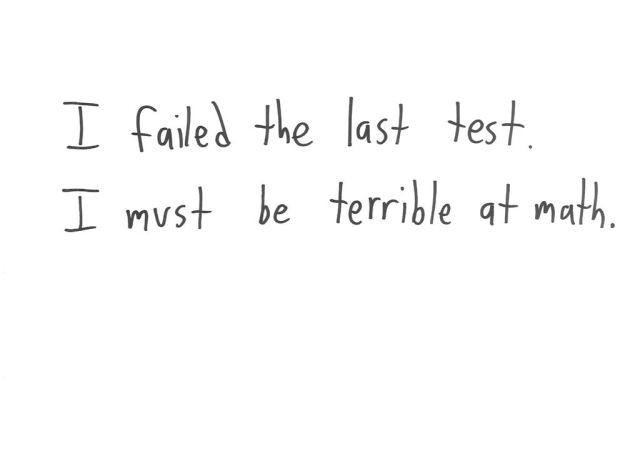
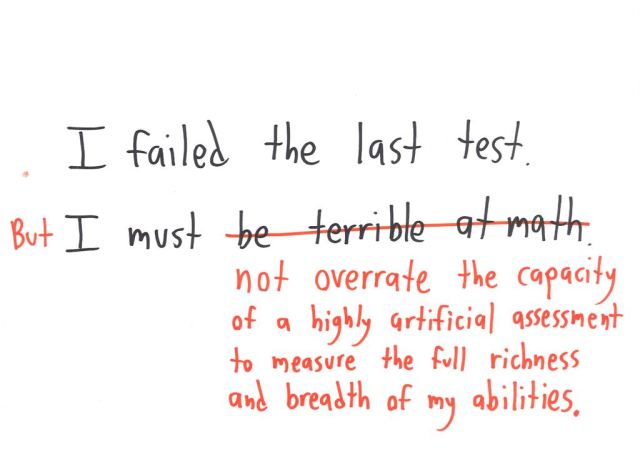

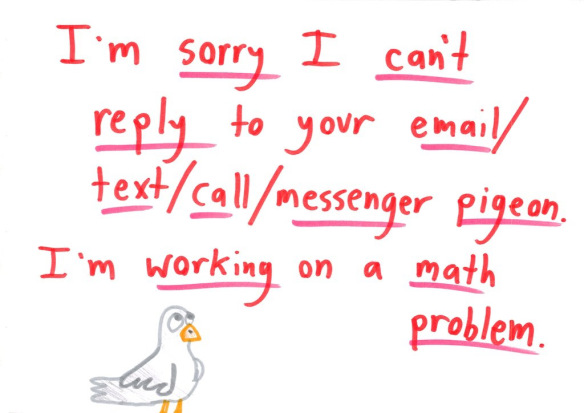

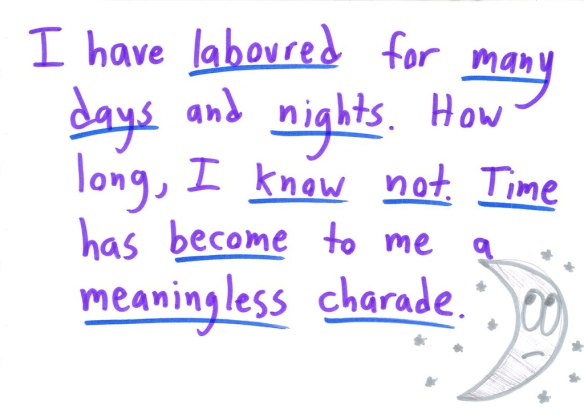
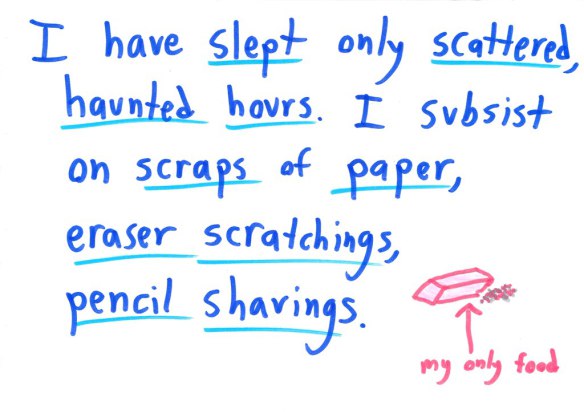
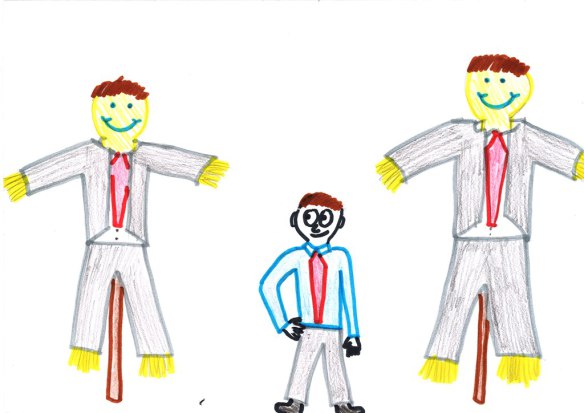



You must be logged in to post a comment.